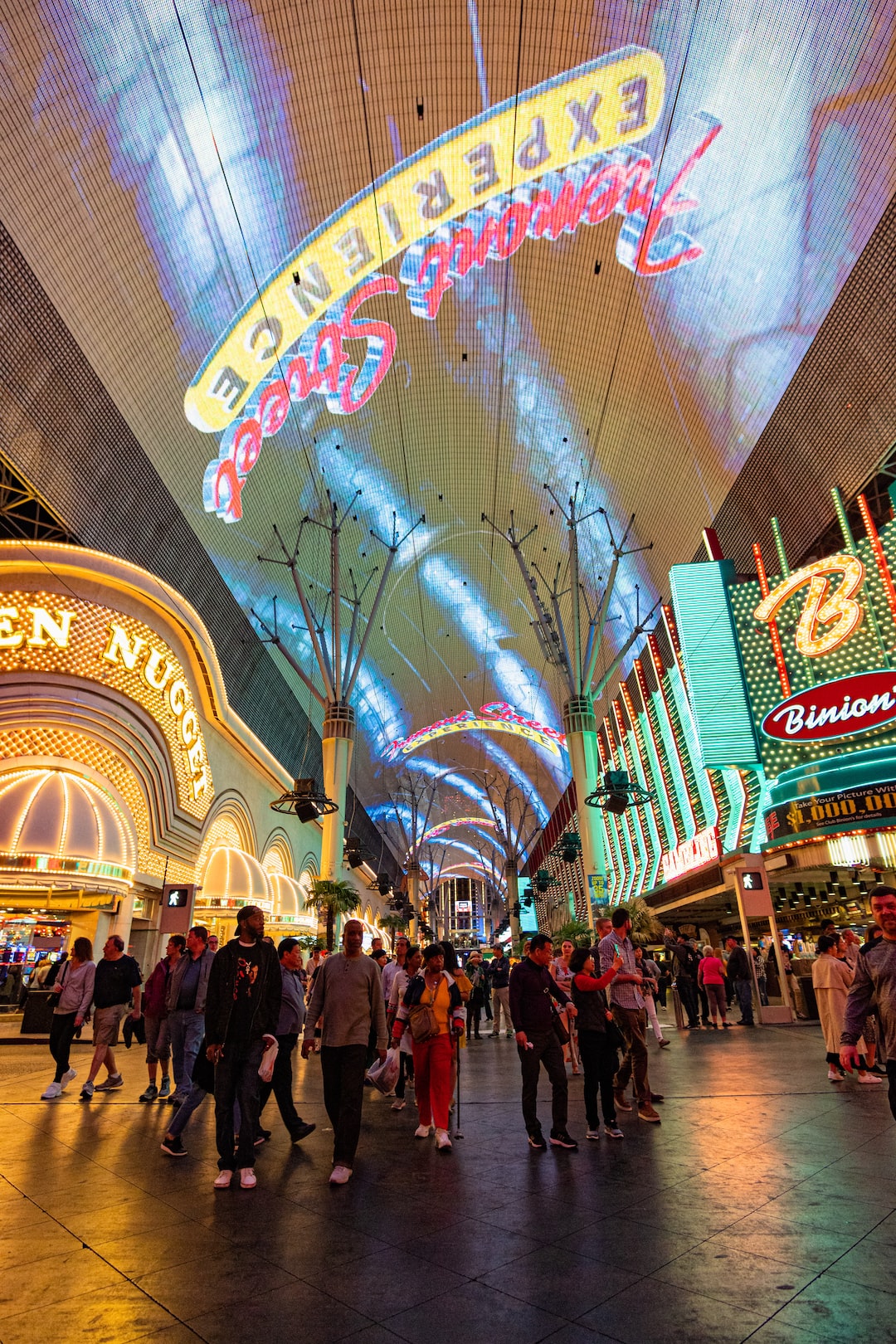The Evolution of Animation: From Disney Classics to CGI Masterpieces
Animation has come a long way since its early days, where hand-drawn characters brought to life on a flat surface delighted audiences. Over the years, advancements in technology have revolutionized the art of animation, giving rise to awe-inspiring CGI masterpieces that seem almost real. In this blog post, we will explore the evolution of animation, from Disney classics to the stunning computer-generated imagery we see on the big screen today.
The birth of animation can be traced back to the late 1800s, with the invention of the zoetrope, a device that created the illusion of motion through a spinning cylinder. This laid the groundwork for the development of cinema and set the stage for animated storytelling. However, it was not until the early 20th century that animation truly began to take shape.
In 1928, Walt Disney Studios released “Steamboat Willie,” the first synchronized sound cartoon and the debut of everyone’s favorite mouse, Mickey. This marked a significant turning point in animation history, as sound added a new dimension to the storytelling process. With the success of Mickey, Disney continued to innovate by introducing the concept of full-color animation in their 1937 masterpiece, “Snow White and the Seven Dwarfs.” This was the first animated feature film ever created and showcased the immense potential of animation as a form of entertainment.
Throughout the 20th century, traditional hand-drawn animation remained the dominant style, with Disney leading the way. Classics like “Cinderella,” “The Jungle Book,” and “The Little Mermaid” captivated audiences with their beautifully crafted visuals and heartfelt storytelling. These films were painstakingly created by teams of talented animators who meticulously drew each frame by hand. It was an art form that required years of practice and attention to detail, resulting in timeless classics that are still beloved today.
However, the 1990s brought about a seismic shift in animation techniques with the advent of computer-generated imagery (CGI). Pixar Animation Studios, in collaboration with Disney, released “Toy Story” in 1995, the first-ever fully CGI-animated feature film. This groundbreaking film pushed the boundaries of what was possible in animation, immersing audiences in a world of toys that came to life like never before.
CGI opened up a whole new realm of possibilities for animators. With powerful computers and software, they could create realistic textures, complex 3D models, and fluid movements. Films like “Finding Nemo,” “The Incredibles,” and “Up” showcased the capabilities of CGI animation, wowing audiences with their detailed imagery and lifelike characters. Suddenly, animation was no longer limited to traditional storytelling; it became a canvas for limitless imagination and creativity.
The introduction of CGI did not mean the end of hand-drawn animation, though. In 2009, Disney released “The Princess and the Frog,” a return to their roots with a beautifully hand-drawn tale. This film proved that traditional animation still had a place in the industry, garnering critical acclaim and reminding audiences of the timeless charm of classic 2D animation.
In recent years, a fusion of traditional and CGI animation has emerged, as seen in films such as “Moana,” “Zootopia,” and “Coco.” This hybrid style combines the best of both worlds, using CGI technology to enhance the visual storytelling while still retaining the warmth and artistry of hand-drawn animation.
Looking to the future, advancements in technology continue to push the boundaries of animation. Virtual reality and augmented reality are poised to revolutionize the way we experience animated stories. With VR headsets and AR applications, audiences will be able to immerse themselves in animated worlds, feeling like they are a part of the story.
The evolution of animation, from Disney classics to CGI masterpieces, is a testament to human ingenuity and the power of imagination. As technology continues to progress, we can only imagine what breathtaking creations the future holds. Whether it’s through hand-drawn artistry or cutting-edge CGI, animation will continue to captivate and enchant audiences for generations to come.


